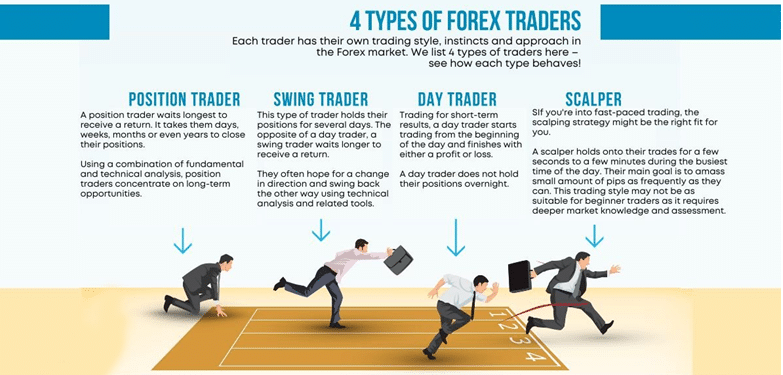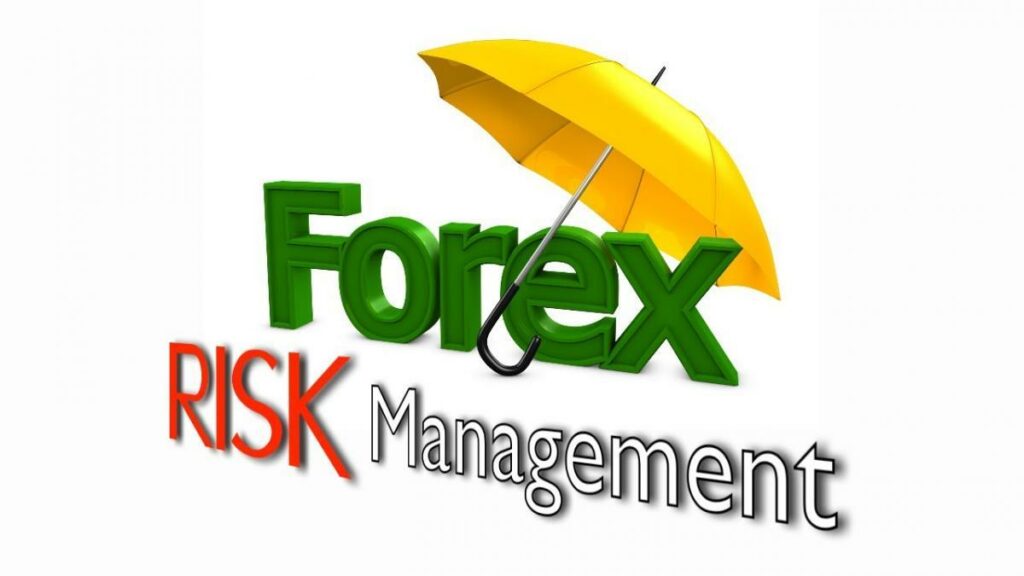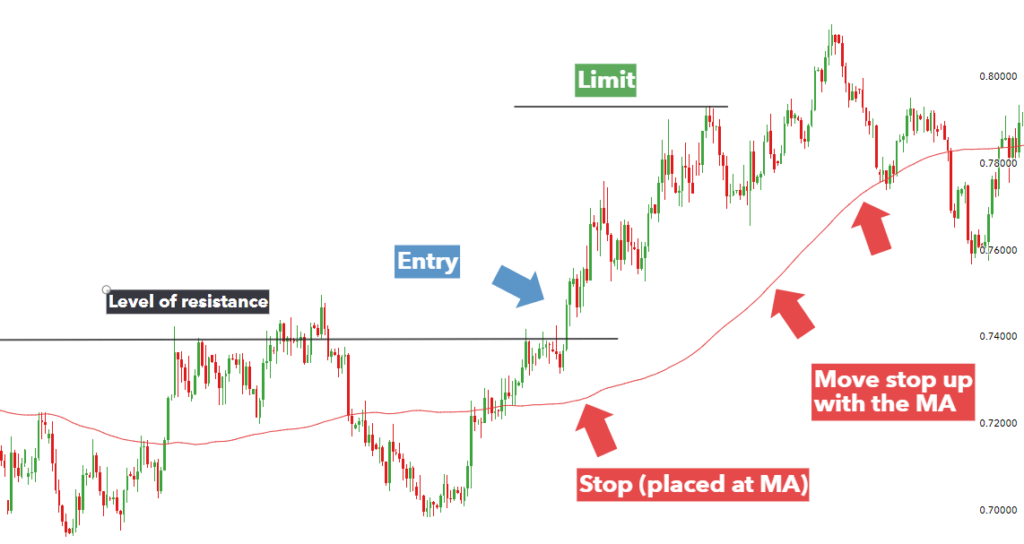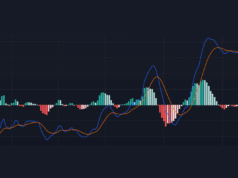A trading strategy is an important tool for anyone wishing to have an edge in the highly competitive forex market. As the saying goes, ‘failing to plan is planning to fail’ is one of the reasons experienced, and professional traders come up with a set of rules that guide all their operations in the currency market.
A strategy is essential as it allows one to engage in rule-based trading instead of just placing trades as soon as the price starts to move. Additionally, it goes a long way in averting emotional trading, which has seen many people lose their hard-earned capital.
In coming up with a trading strategy, there are a number of factors that go into play. Let’s look at them below.
Acquiring the necessary skillset
Trading is not all about hitting the buy and sell button. It knows when to enter long or short positions, when to exit, and take profits. This can only be achieved by acquiring sufficient trading skills.
Therefore, it is important to spend hours, days, and even weeks mastering what makes prices move in order to be able to come up with a trading strategy. The learning phase entails mastering the various chart patterns, indicators, and risk management strategies.
By mastering what triggers price activity and the various chart patterns, it becomes easy to come up with a strategy based on what one would wish to achieve.
Define trading style
Once all the relevant skills have been accrued, and one is conversant with the happenings in the currency market, the next step entails defining one’s trading style. There are three: scalping, day trading, and swing trading.
Scalping is an approach whereby trades are opened and closed within minutes or even seconds. This style would work best with anyone with ample time to spend glued to the screen as it entails taking advantage of smaller price movements.

It is a highly demanding path, given the amount of effort needed to analyze and take advantage of small price movements. It also entails opening a large number of trades in order to lock in more small profits.
Day trading, on the other hand, is a style whereby trades are opened and closed before the end of the day. While trades can be left open for minutes or even hours, they cannot be left to stay open overnight.
Swing trading, on the other hand, is a short-term approach whereby positions are opened and left to run for days or even weeks. The style pays close watch to fundamental factors that might cause the price to move.
Conversely, it is important first to ascertain what one wants to be a scalper, day trader, or swing trader to come up with a trading strategy.
Definite time frame
Once you have ascertained the kind of trader you would like to be, it is important to identify the time frame on which all trading decisions would be based. If you intend to be scalper, opening, and closing positions within minutes or seconds, then more attention should be paid to the 1 minute and 5-minute chart at most.
For day traders, 30 minute and one-hour time frames would provide the much-needed insight for opening and letting trades run for a day. Swing traders, on the other hand, would have to pay close watch to 4 hour and daily charts as trades are left to run for days or even weeks.
Find indicators
While fundamentals are an important aspect of forex trading, technical analysis is also crucial. In this case, it is important to identify the necessary tools for studying price action. Regardless of the trading style, it is important to have a clear idea of the market direction.
Therefore, it is crucial to identify the appropriate indicators for understanding price action. Moving averages are some of the best for use in identifying the trend the market is moving. In addition, one can use oscillators such as relative strength indicators to identify the prevailing market conditions, oversold or overbought.
Define risk
Risk management is crucial when formulating a trading strategy. It is essential to define how much money you are willing to lose in any given trade, even before triggering one. While not many people like talking about losing, it is inevitable as one cannot be right all the time.

While defining risk, it is important to stick to a risk management play that accords utmost security to capital. For instance, most traders try to cap their losses at 7%. In this case, they always ensure they don’t lose more than 7% of their capital on any given trade.
By defining risk, it becomes pretty easy to identify ideal entry and exit points, factoring in the amount of loss one is likely to absorb.
Define entry and exit points
While most people pay close attention to entry points in the market, it should always be the last if one is to have a long and fruitful trading career. One can only identify the ideal entry point if they have mastered various chart patterns, ascertained the trading style that works for them, found the best indicators, and most importantly, defined their risk.

When it comes to opening a trade, it is important to wait for confirmation to be sure the market is likely to behave as expected. Consequently, most traders wait for candlesticks to close, be it while watching a one-minute, 1-hour, 4-hour, or daily candlestick.
Once a candlestick closes and affirms price moves in a given direction, it becomes easy to open a trade in the same direction.
When it comes to exit, defining risk would be of great importance. The exit level should be placed while considering the amount of risk one set out to absorb. If one is inclined at losing only 7% on a given position, then the stop-loss order should be placed 7% above or below the entry point depending on the trade opened.
Final thoughts
Once conditions have been defined, it is important to write everything down and stick to it. The rules should be followed to the letter for the best outcome. Before putting actual capital at risk, it would be wise to test the strategy in a demo account. By doing so, it becomes pretty easy to backtest a strategy to ensure it would work in live markets. Any adjustments should be made during the backtesting phase.




